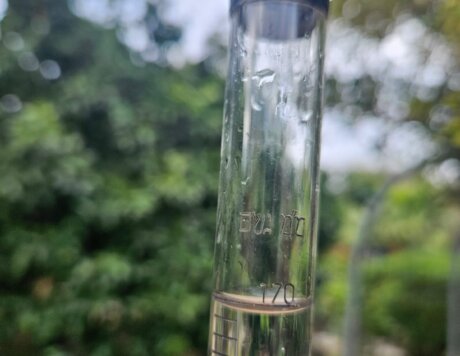The ant was first identified in Israel in late 2005, in the Jordan River region, and since then has spread throughout the country; to date the little fire ant has invaded about three hundred and twenty settlements around Israel.
When the little fire ant population establishes, it causes severe damage to the ecosystem, including predation and displacement of other arthropods and rodents, and stings that cause blindness and even death to both small and large pets – from chickens to cats and dogs – and constitutes a severe hazard to humans due to its painful stings that resemble burns.
These stings drive a process that culminates in broad economic damage – the main victim is tourism, but agriculture also suffers, with disturbance and slowing down of agricultural work and prevention of agricultural exports. The damage is so severe that experts expect that by 2030 the economic damage caused by this ant to Israel will exceed one billion dollars per year.
So what do we do?
Last November, Ramat Hanadiv Forum met to become better acquainted with the little fire ant, and with the efforts that have been made to find a solution for eradicating the invasion of this little fire ant, one year after employees and visitors at Ramat Hanadiv began to feel the presence of the red little fire ant.
A field survey proved that this small invader had indeed reached Ramat Hanadiv.












